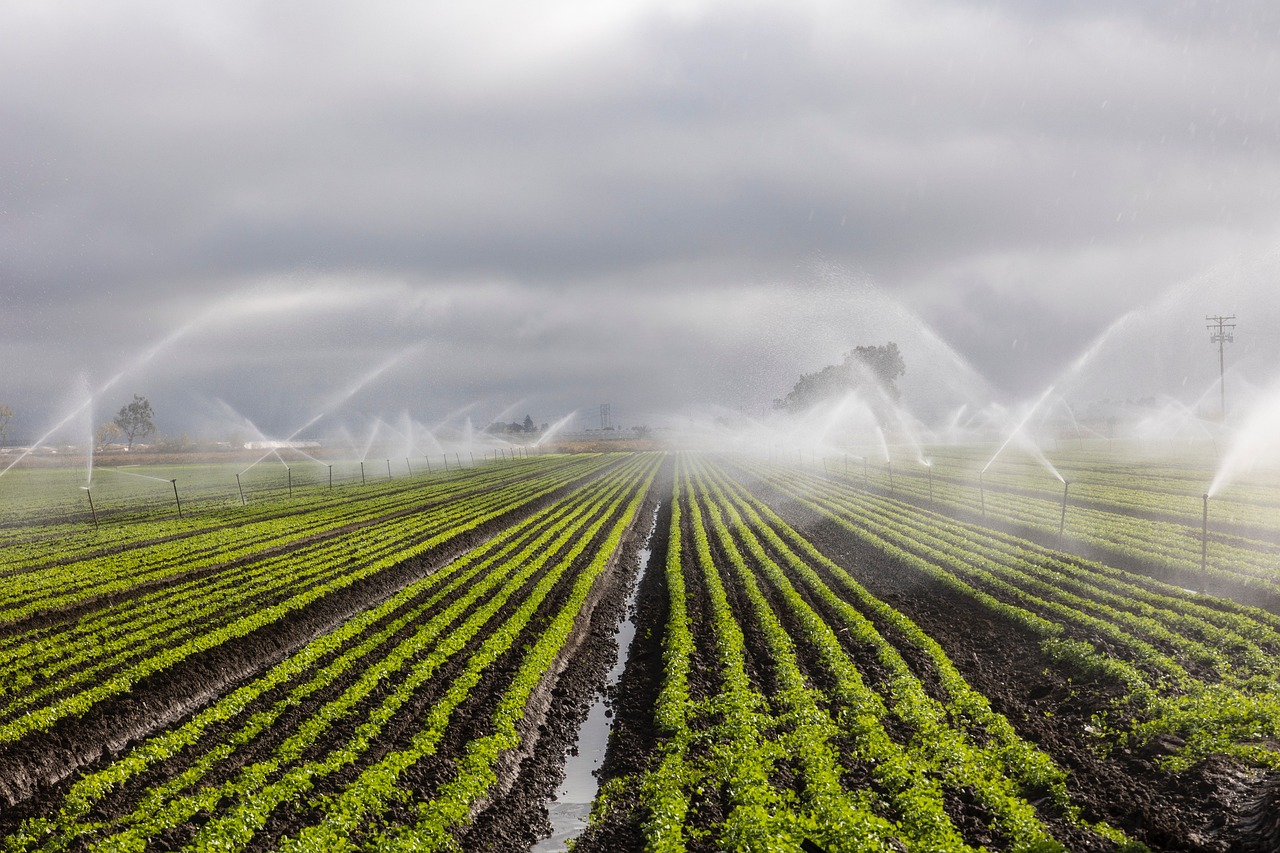When it comes to keeping your garden or lawn lush and green, irrigation systems play a crucial role. Whether you’re watering your backyard garden or managing a larger landscape, having an efficient irrigation system can make all the difference. Irrigation ensures that your plants receive the right amount of water, saving you time, effort, and money. However, like any system, irrigation can sometimes face challenges. From clogged pipes to inefficient water distribution, problems are bound to arise. In this article, we’ll explore common irrigation issues and solutions to help you keep your system running smoothly.
Understanding Irrigation Systems
What Is an Irrigation System?
An irrigation system is designed to supply water to plants through pipes, sprinklers, or drip lines. These systems can be either manual or automated, with the goal of providing consistent water to your plants when they need it. A properly functioning irrigation system helps conserve water, reduce waste, and ensure your plants thrive even during dry spells.
Types of Irrigation Systems
There are several types of irrigation systems to choose from. Each has its benefits depending on the size of your garden, the plants you’re growing, and your specific water requirements.
Sprinkler Systems
Sprinklers are the most common type of irrigation system for lawns and gardens. They work by spraying water over a large area in a circular or rectangular pattern. Sprinklers are versatile and can cover large areas, making them ideal for lawns and flower beds.
Drip Irrigation Systems
Drip irrigation is a more efficient and water-conserving system. It delivers water directly to the base of the plants, reducing evaporation and runoff. This system is perfect for gardens with individual plants that need precise watering.
Soaker Hoses
A soaker hose is a porous hose that allows water to seep out slowly over a long period. It’s great for rows of plants or garden beds, offering a steady, consistent water supply.
Common Irrigation Problems and How to Solve Them
Clogged Sprinkler Heads
One of the most common issues with sprinkler systems is clogged sprinkler heads. Over time, debris like dirt, grass clippings, and leaves can clog the nozzles, affecting the water distribution.
Solution: Clean or Replace Sprinkler Heads
Cleaning or replacing clogged sprinkler heads is usually an easy fix. Regular maintenance, such as checking and cleaning the nozzles, can prevent this issue. If the sprinkler heads are too damaged, replacing them with new ones will ensure a smooth operation.
Uneven Water Distribution
If you notice that some areas of your lawn or garden are getting too much water while others are too dry, you likely have an issue with uneven water distribution. This problem can be caused by a variety of factors, such as damaged pipes or misaligned sprinklers.
Solution: Adjust Sprinklers and Check for Leaks
Check the alignment of your sprinklers to ensure they cover the entire area evenly. If you find any leaks or broken pipes, fix them as soon as possible. Consider upgrading to a system with better water coverage, like a smart irrigation system that adjusts automatically based on weather conditions.
Overwatering or Underwatering
Overwatering or underwatering can both be harmful to your plants. Overwatering may lead to root rot, while underwatering can cause plants to wilt or die. These issues are typically due to improper irrigation scheduling or system malfunction.
Solution: Set a Proper Watering Schedule
Many modern irrigation systems allow you to set specific watering schedules. If you’re unsure of how much water your plants need, consider consulting an expert or using a soil moisture sensor to monitor the moisture level in the soil. This will help you find the right balance and prevent both overwatering and underwatering.
Smart Irrigation Solutions
What Are Smart Irrigation Systems?
A smart irrigation system uses advanced technology to monitor weather patterns and soil moisture, adjusting watering schedules accordingly. These systems help conserve water by only watering when necessary, making them more eco-friendly and cost-effective.
Benefits of Smart Irrigation Systems
- Water Conservation: Smart systems use less water by adjusting to current weather conditions.
- Time Savings: They automatically adjust watering schedules, so you don’t have to worry about manually programming the system.
- Customization: Smart systems can be tailored to fit your specific garden needs, ensuring your plants get the right amount of water.
How to Choose a Smart Irrigation System
When choosing a smart irrigation system, consider the size of your garden, the types of plants you have, and the level of control you want. Popular systems like Rachio and Rain Bird offer smartphone apps that allow you to monitor and adjust your irrigation system remotely, making it easier to manage your garden’s watering needs.
Maintaining Your Irrigation System
Regular Inspection and Maintenance
Proper maintenance is key to preventing problems with your irrigation system. Regularly inspect your pipes, sprinklers, and valves to ensure they are functioning properly. Look for any leaks or blockages that could lead to inefficient water usage.
Solution: Hire a Professional for Routine Checks
While you can perform some basic maintenance on your own, hiring a professional to check your system annually can help catch any potential issues before they become major problems. Professional irrigation services can provide a comprehensive inspection and ensure your system is running at peak performance.
Winterizing Your Irrigation System
In colder climates, it’s essential to winterize your irrigation system to prevent pipes from freezing. If you don’t drain your system properly, it could lead to expensive repairs in the spring.
Solution: Drain and Shut Off Your System
To winterize your system, turn off the water supply and drain all the pipes. If you’re unsure how to do this, it’s best to call a professional to ensure it’s done correctly.
Conclusion
Maintaining a healthy irrigation system is essential for a vibrant and thriving garden. By understanding common issues such as clogged sprinkler heads, uneven water distribution, and improper watering, you can take proactive steps to keep your system running smoothly. Whether you choose a traditional sprinkler system or a smart irrigation system, regular maintenance and timely repairs will ensure that your plants receive the right amount of water year-round.
By staying on top of maintenance and embracing modern technology, like smart irrigation systems, you’ll save time, water, and money while promoting a healthy, beautiful landscape.

















